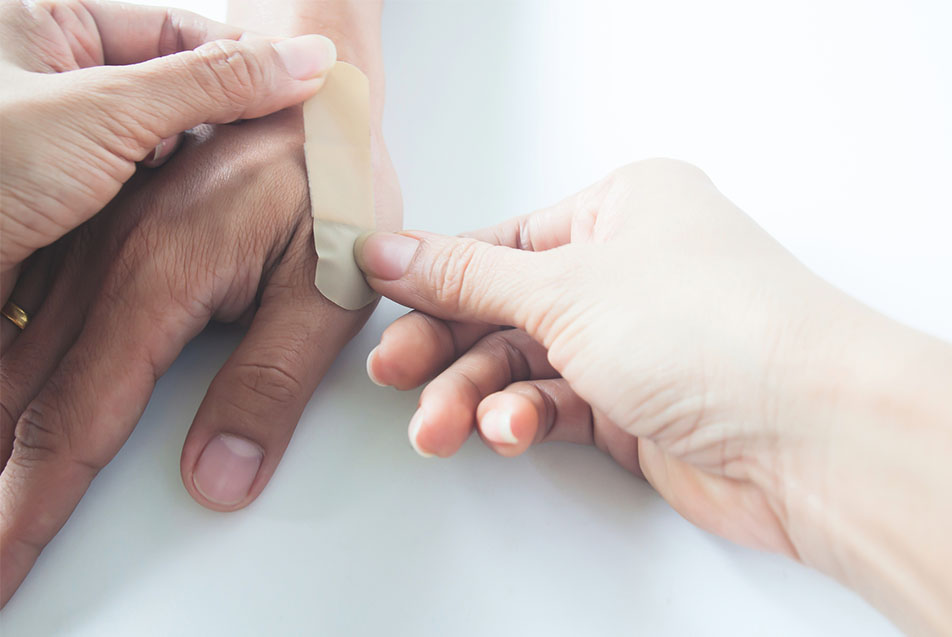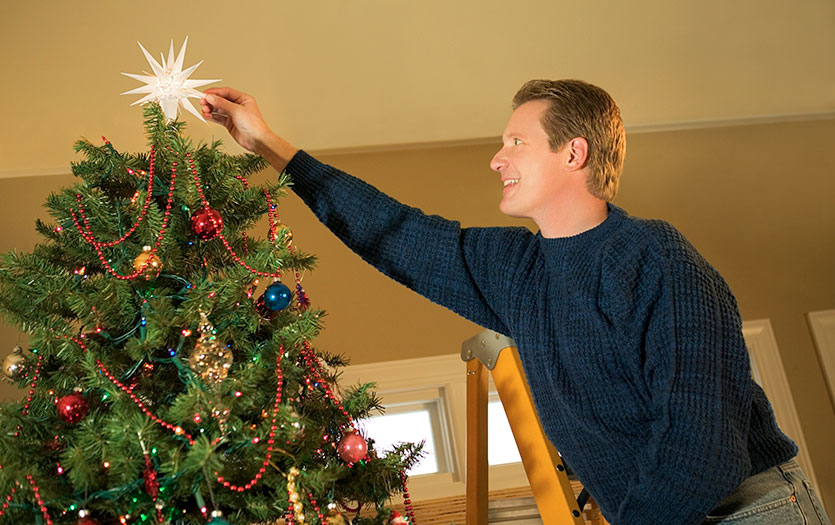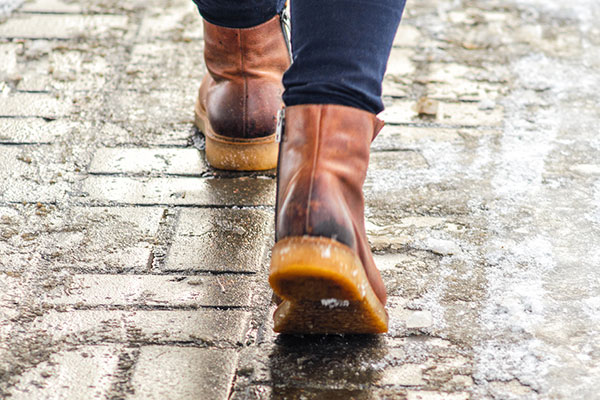
This time of year can be a flurry of festivities filled with family, friends and traditional holiday fare. Unfortunately, it’s also known to be filled with accidents and injuries. Minor cuts and burns are very common during the holiday season, though most can be safely treated at home. Lauren Quandt, MSN-RN, CEN, TCRN, injury prevention and pediatric coordinator, Trauma Services, Parkview Regional Medical Center, shares the proper steps for addressing such injuries and when to seek medical attention during this jolly, yet accident-prone time of year.
Treating minor cuts
While any type of cut to the skin can be frightening, most minor lacerations can be safely treated at home by following these steps:
Step 1: Wash with soap and water
Step 2: Apply pressure with a clean washcloth or gauze. It may take several minutes of direct pressure to stop bleeding.
Step 3: Apply a thin layer of antibiotic ointment and cover with a bandage.
Step 4: Make sure your tetanus vaccination is up to date.
When should I go to the Emergency Room?
A visit to the Emergency Department might be warranted if the wound is large, deep or the bleeding is hard to control. Also, as you start to heal, if you notice signs of infection like discharge, increased redness, pain or swelling, you should seek immediate medical attention.
Treating burns
Before treating a burn, it’s important to identify the severity. The three categories of burns are:
- Superficial (first-degree burns) – considered mild compared to other burns, and consists of reddened skin without blisters.
- Partial thickness (second-degree burns) – very painful and affects the first and second layers of skin, resulting in reddened skin with blisters or open areas.
- Full thickness (third-degree burns) – deep burns with white or charred skin that result in loss of sensation to pain or touch.
How to treat superficial burns
Fortunately, superficial burns can usually be treated safely at home by following these steps:
Step 1: Rinse the burn with cool water.
Step 2: Apply a thin layer of antibiotic ointment to the wound.
Step 3: Cover the burn with loose, clean gauze.
Conversely, you should never put ice, butter or any ointment other than an antibiotic, on a burn. Also, try not to break open any blisters; they serve as a source of protection and act as a barrier from bacteria and infection.
When should I go to the Emergency Room?
If you have sustained a burn injury, it would be wise to seek immediate medical attention if the burn covers a substantial area of skin, the pain can’t be controlled at home, or if the blister is larger than 2 inches with white or charred skin.
Prevention
Don’t let accidents and injuries derail you this holiday season. Instead, incorporate these preventative measures to ensure a safe and healthy holiday for you and yours:
- Make sure smoke alarms are in good working order and charge the batteries yearly.
- Keep pot handles away from the edge of the stove and out of the reach of children.
- Closely supervise children around candles, fires, kitchen appliances and sharp objects.



